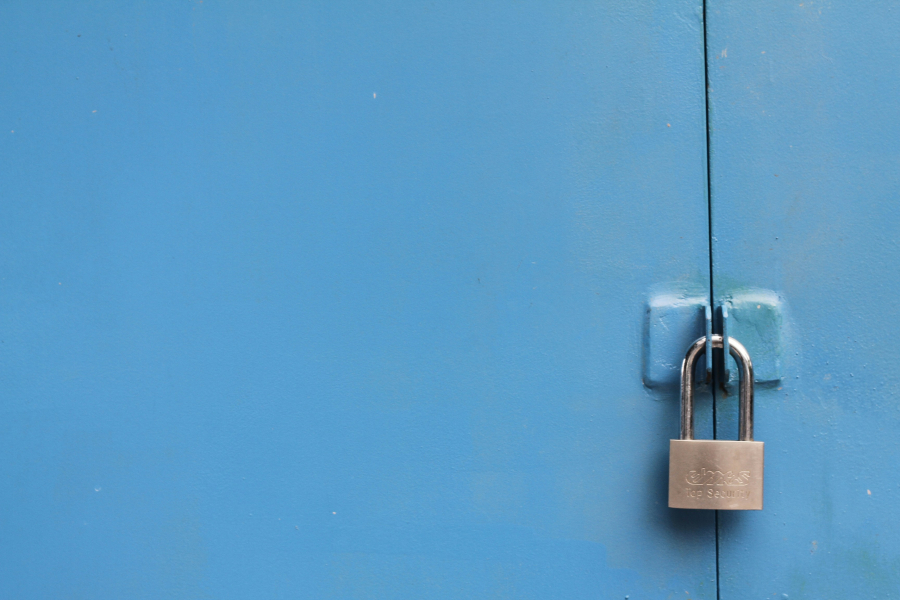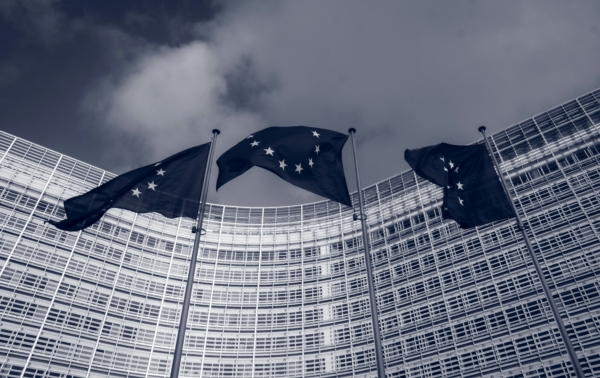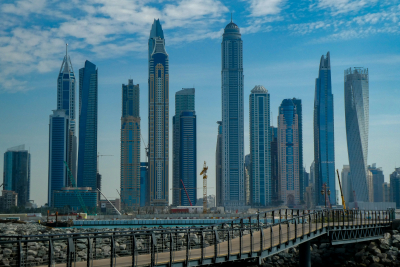The EU has adopted 15 sanctions packages against Russia of unprecedented scope and severity. But this says nothing about how effective they are at achieving their aim of deterring Russia from continuing its illegal war. Last year, we wrote about how sanctions (also known as restrictive measures) aren’t the EU’s silver bullet in stopping Russia, arguing that the EU’s consensus-based approach to decision-making was stopping it from taking bold and brave action. As we enter the third year of the invasion, not much has changed. Here, we outline what’s in the EU’s latest round of sanctions, and what’s stopping them from having the bite they could.
The EU’s 15th sanctions package
The sanctions package currently in place was adopted some two months ago. It saw new restrictions on 52 individuals, as well as 30 entities responsible for undermining Ukraine’s sovereignty. Notably, this for the first time includes Chinese individuals and entities facilitating sanctions circumvention.
The package contains multiple provisions aimed to curb sanctions circumvention itself. 52 new vessels as part of Russia’s so-called ‘shadow fleet’ have received a ban on port access and services, bringing the total number of targeted ships to 79. These are ships without industry-standard insurance that frequently change their names and flag registrations and have unclear ownership structures. This also means that they are often very old, with the ability to wreck severe environmental damage on the world’s seas. Because of their ever-changing registrations, the EU is essentially playing tanker whack-a-mole in attempting to identify them. The shadow fleet is assumed to be over almost 600 tankers sailing worldwide, so the EU’s sanctions target slightly more than 10% of these vessels.
The export of EU dual-use goods and advanced technology items to 32 new companies from Russia, China, Serbia, Iran and the UAE has also been prohibited.
Why sanctions effectiveness remains limited
It is all well and good for the EU to unveil new sanctions packages as Russia’s illegal invasion continues to unfold. So far, the impact of sanctions on Russia’s war economy has been impactful, with amongst other things, €210 billion worth of Russia’s Central Bank reserve holdings currently being frozen in the EU.
However, the EU’s sanctioning power is substantially undermined by its own Member States, as each new decision requires unanimity. Add to this the fact that sanctions packages must be renewed every six months, and veto-happy Member States have plenty of avenues to exploit deliberations. Hungary, Slovakia and Czechia have all been granted exemptions from the EU’s ban on importing Russian oil. This exemption was intended to help these countries phase out their dependency on the resource. Instead, these three Member States have even increased their imports, while Hungary threatened to torpedo the EU’s sanctions package entirely if energy security guaranties were not received from the Commission. Ultimately, the EU can only be as strong as the will of its Member States to stop Russia and protect Ukraine. Sanctioning is a foreign policy tool, and misalignment within the EU’s internal politics has led to uneven application of sanctions.
Lack of coordination also plays out in the EU’s approach to enforcement. The EU has taken significant steps to improve sanctions enforcement through various measures. The “Freeze and Seize” Task Force, an initiative allowing Member States to work together and more effectively while sharing information, is a key starting point. Additionally, the Directive on sanctions criminalisation, establishing minimum common rules regarding criminal offences and penalties for the violation of EU sanctions, plays a vital role in providing a better-aligned legal framework. Nonetheless, the European Public Prosecutor’s Office should have its mandate extended to comprise sanctions violations, thereby moving the investigation and prosecution of sanctions violations to EU level. France and Germany have suggested as such, as well as the European Parliament—but no concrete proposal on this has been tabled, suggesting a lack of political will.
The EU’s approach to sanctioning so far has been largely country-specific, with different sanction criteria for target countries. A full-blown sanctions regime, rather, would consider more cross-border measures, which would allow for greater flexibility and avoid the EU having to adopt a legal framework specific to each case. In this vein, the Council adopted the EU Global Human Rights Sanctions Regime (GHRSR), known as the EU Magnitsky Act, in 2020, which enables the EU to target those responsible for human rights violations no matter where they occur. However, the European regime does not focus on corruption, unlike similar regimes in the United States and United Kingdom, the introduction of which the European Parliament called for in as early as 2019. In countries with weak legal systems or where political elites have control over law enforcement, this change would target those who perpetuate a culture of impunity, and it would encourage greater accountability among Member States. The EU’s commitment to address not only individual cases but also broader structural issues that enable corruption to flourish within the government system would be greatly strengthened if systemic corruption were added to the GHRSR. Yet corruption remains absent from the GHRSR, and so the policy serves another example of a sanctions approach that is too hesitant, and too disjointed, to be effective.
The way ahead
Sanctioning a warmongering regime requires long-term thinking and full commitment from the EU’s Member States. The new Polish presidency of the European Council might give the EU a renewed impetus to apply sanctions with gravity. Poland has for example pushed to close loopholes and asked for increased checks on the origins of gas—but has faced, predictably, opposition from Hungary.
Some tentative steps forward have been made. The violation of EU sanctions is now a crime across the EU. Moreover, the EU’s new Asset Recovery Directive will now allow Member States to recover the frozen assets of those convicted of sanctions violations. And the EU has a brand-new Anti-Money Laundering Authority that will strengthen supervision in high-risk areas, as well as facilitate the cooperation and exchange of information between financial intelligence units and authorities at EU level.
Meanwhile, the EU’s 16th sanctions package was approved on 19 February and will be adopted on Monday, marking the third year of Russia’s invasion of Ukraine. The EU is expected to introduce restrictions on aluminium imports and introduce further listings on shadow fleet vessels. It will also likely sanction espionage activities and disinformation campaigns by increasing surveillance of Russia-linked individuals. What remains to be missing is a ban on Russian liquified natural gas (LNG).
But while these measures are surely necessary, the EU’s current sanctions regime remains limited by gaps in enforcement and inconsistent implementation across Member States, allowing for continued circumvention of sanctions if not addressed comprehensively. If the EU wants to get serious about enforcing sanctions, it needs to get serious about these issues.
TI EU’s recommendations
- Increase intelligence sharing among international stakeholders, e.g., insurance records and ownership registries, to track the lifecycle of shadow fleet activities (e.g. the UK’s Department for Transport and the Maritime and Coastguard Agency have enhanced their scrutiny of vessels passing through these areas, collecting information about their insurance and operational practices).
- While EU Sanctions Envoy David O’Sullivan has helped to better coordinate sanctions policy with respect to third countries, there remains a need for stronger enforcement across Member States. Sanctions policy should be harmonised and more aligned with EU’s economic security strategy. Certain aspects should be moved to the EU level, ensuring there is a one-stop shop for managing derogations (exemptions from sanctions) and licenses at EU level.
- The inclusion of corruption within the EU Magnitsky Act has been a topic of debate for some time. Adding corruption to the EU sanctions framework would strengthen EU’s efforts to horizontally tackle systemic corruption and promote transparency and accountability. This move would enhance the EU’s credibility as an advocate of the rule of law, democratic values and good governance.
- The timely implementation of the new legal instruments by their respective deadlines is crucial: the Directive on criminalisation of EU sanctions violation (to be implemented by 20 May 2025), the Asset Recovery Directive (to be implemented by 23 November 2026) and the new Anti-money laundering package.
- The introduction of qualified majority voting on sanctions could make the adoption of sanctions more agile and less susceptible to political hijacking by Member States. President von den Leyen called for a qualified-majority voting on EU sanctions in as early as 2020.






